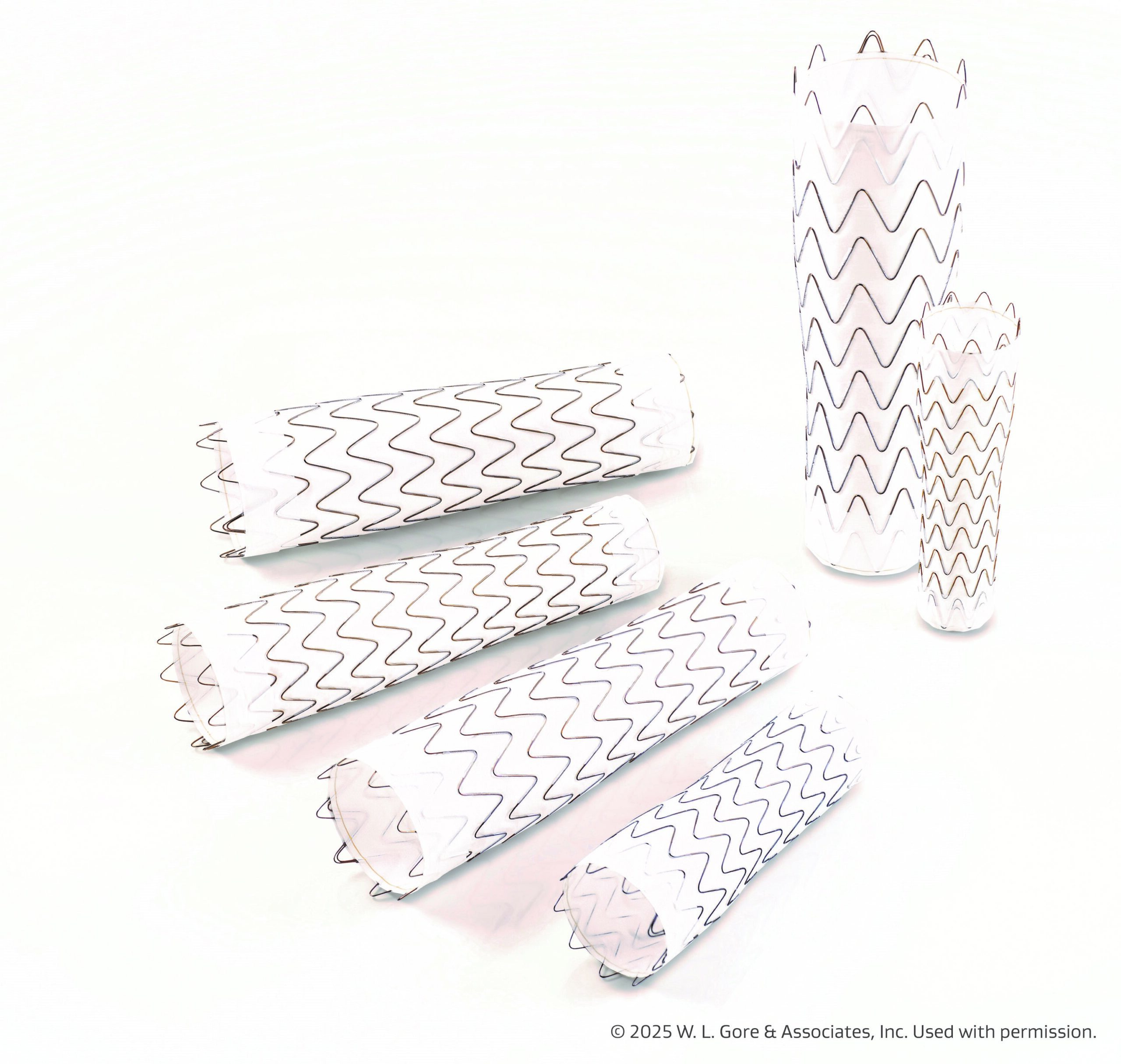
Patients with asymptomatic aortic stenosis (AS) face decreased odds of sudden death when followed up at heart valve clinics, new research suggests. But severe AS is a risk factor for all-cause and cardiovascular mortality even after aortic valve replacement (AVR).
Researchers assessed Heart Valve Clinic International Database data between January 2001 and December 2014 on patients from 10 heart valve clinics in Europe, Canada, and the United States. The study, published in JAMA Cardiology, included 1,375 asymptomatic patients (60.7% male; mean age, 70 years) with an aortic valve area ≤ 1.5 cm2 and preserved left ventricular ejection fraction (LVEF) > 50% at entry. Eight hundred sixty-one patients (62.6%) had severe AS (aortic valve area < 1.0 cm2).
AVR was performed on 542 patients (39.4%) (surgical AVR [SAVR], 429 [79.2%]; transcatheter AVR [TAVR], 113 [20.8%]), including 388 (71.6%) patients who had severe asymptomatic AS at baseline. For the whole cohort, survival rates at two, four, and eight years with medical management were 93% (1%), 86% (2%), and 75% (4%), respectively.
Of the 388 patients with severe asymptomatic aortic stenosis at baseline who underwent AVR, 310 had surgery and 78 had TAVR. For patients with baseline severe asymptomatic AS, two-, four-, and eight-year overall survival rates were 92% (1%), 80% (3%), and 65% (8%), respectively. Two-, four-, and eight-year cardiovascular death–free survival rates were 96% (1%), 87% (3%), and 71% (9%), respectively. AVR-free survival rates were 54% (2%), 32% (3%), and 12% (3%), respectively. Among the severe AS at entry cohort, peak aortic jet velocity (> 5 m/s) and LVEF (< 60%) were associated with all-cause and cardiovascular mortality, regardless of whether or not patients underwent AVR.
Sudden death rates post-AVR were low (0.9%, n = 13). Sixty-nine patients AVR patients died during follow-up, 22 due to cardiovascular causes. Overall survival rates following AVR were 83% (2%) at two years, 75% (4%) at four years, and 68% (6%) at six years. Severe baseline AS patients with peak aortic velocity > 5 m/s had lower survival rates post-operation compared to those with peak aortic velocity < 5 m/s at two years (73% [8%] vs 84% [2%]), four years (65% [10%] vs 78% [4%]), and six years (54% [13%] vs 70% [6%]) (P = 0.03). Patients with severe AS at entry with reduced baseline LVEF < 60% also had worse survival rates compared with those who had reduced baseline LVEF > 60% (two years: 67% [7%] vs 87% [5%]; four years: 63% [8%] vs 78% [4%]; six years: 63% [8%] vs 69% [7%]; P = .02).
The researchers concluded, “These findings provide support for consideration of early elective AVR in these patients. Closer and more frequent (every 6 to 12 months) clinical and echocardiographic follow-up might be implemented in patients with moderate AS and a peak aortic jet velocity of 3.0 m/s or greater or LVEF less than 60%.”
Watchful waiting in asymptomatic aortic stenosis? – be careful in LVEF<60% or Vmax >5m/s suggests this registry data in @JAMACardio #Cardiology #Cardiotwitter #aorticstenosis #cardiacsurgery
https://t.co/Q96M0pikAY pic.twitter.com/liROWA9kKa
— Konstantin Krychtiuk (@krychtiukmd) October 8, 2018
an important paper in its field, but why do not assess pts' functional status at the time of echo? Quite sure it might explain much more than LVEF and peak jet velocity about survival. https://t.co/norAH1rrOq
— Giuseppe Bellelli (@GiusepeBellelli) October 6, 2018
Findings that should trigger a discussion with regards to aortic valve intervention even in patients that are completely asymtpmatic with severe aortic stenosis https://t.co/LLjGmv4urj
— Neil Ruparelia (@neilruparelia) October 6, 2018
Interesting study that we published with the HAVEC group. Another argument for earlier intervention in AS, particularly when Vpeak is > 5 m/s or EF<60%. Outcomes of Patients With Asymptomatic Aortic Stenosis Followed Up in Heart Valve Clinics https://t.co/VaQ6Q1vidi
— Philippe Pibarot (@PPibarot) October 6, 2018
In AS pts, like MR, any drop in EF is associated with worse outcomes. Recent paper by Jae Oh et al from @MayoClinicCV also highlighted this https://t.co/mYaDMOgwO9
— Kashish Goel (@kashishgoelmd) October 6, 2018
Important contribution.
Outcomes of Patients With Asymptomatic Aortic Stenosis Followed Up in Heart Valve Clinics https://t.co/OhLwdcYfzc
— ArnarGeirssonMD (@ArnarGeirssonMD) October 5, 2018
Source: JAMA Cardiology







 © 2025 Mashup Media, LLC, a Formedics Property. All Rights Reserved.
© 2025 Mashup Media, LLC, a Formedics Property. All Rights Reserved.